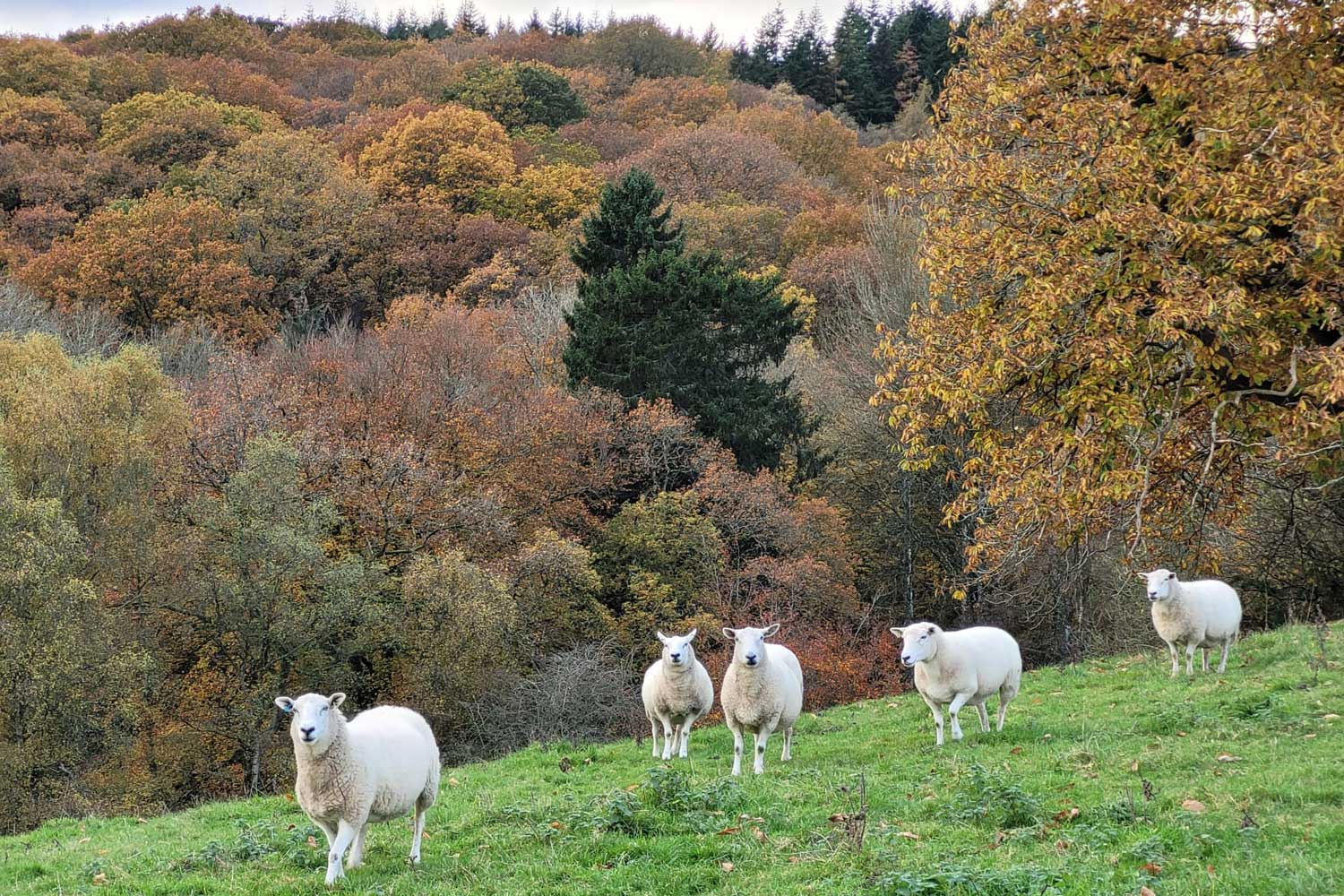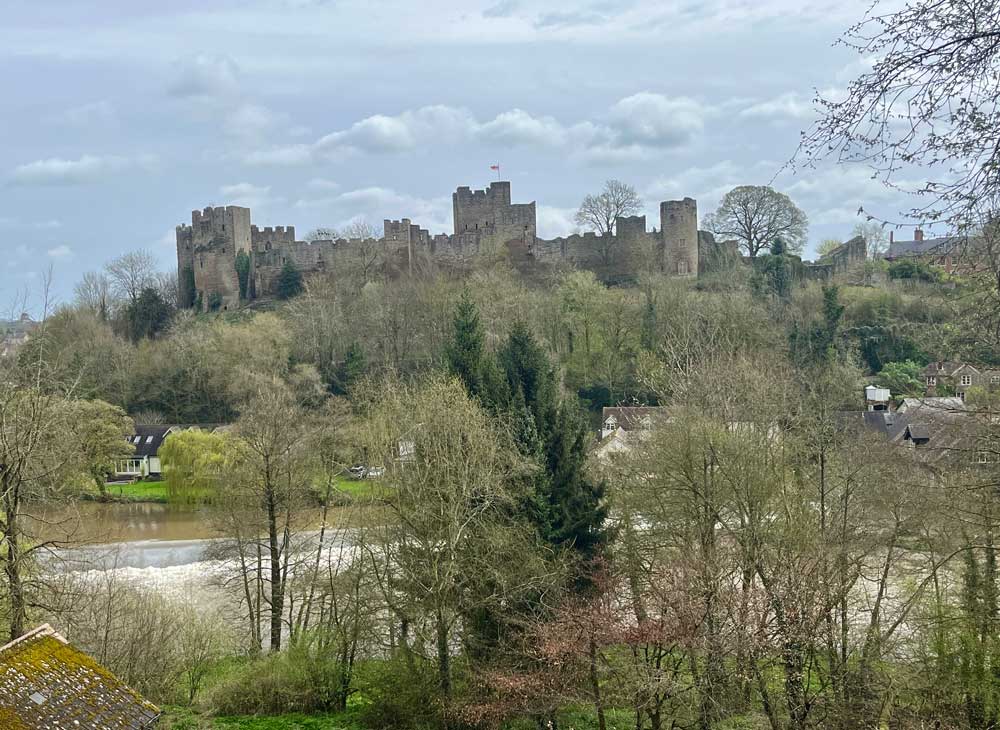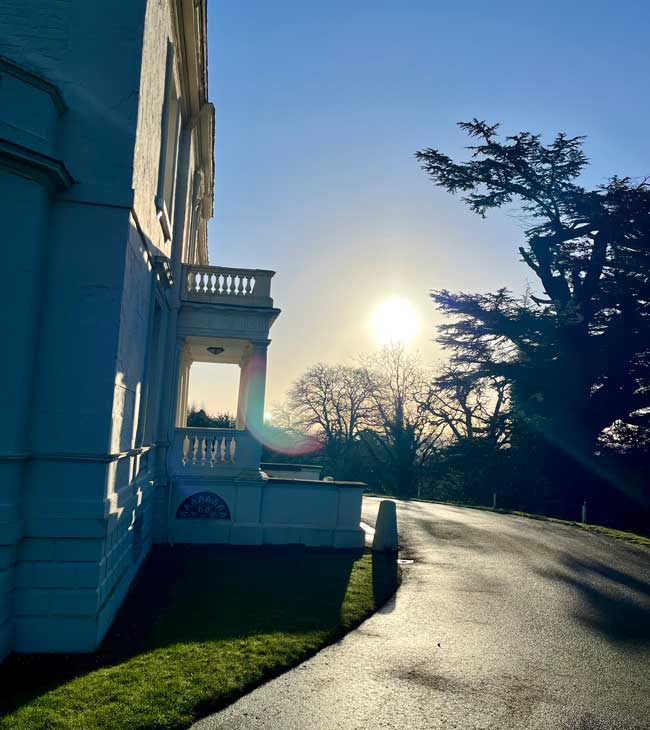HISTORY

The Lodge was built in the 1740s by Theophilus Salwey and has remained in the Salwey family ownership ever since. It is virtually unchanged structurally since its construction. Compelling evidence suggests The Lodge was designed by Sir Robert Taylor, offering a unique blend of a stylised metropolitan villa set within a stunning picturesque landscape. Inside, The Lodge features exquisite carvings and mouldings, making it a delight for discerning visitors. Much of the furniture was designed specifically for the estate, and the history of the family and the house is depicted in the paintings and portraits adorning the walls.


